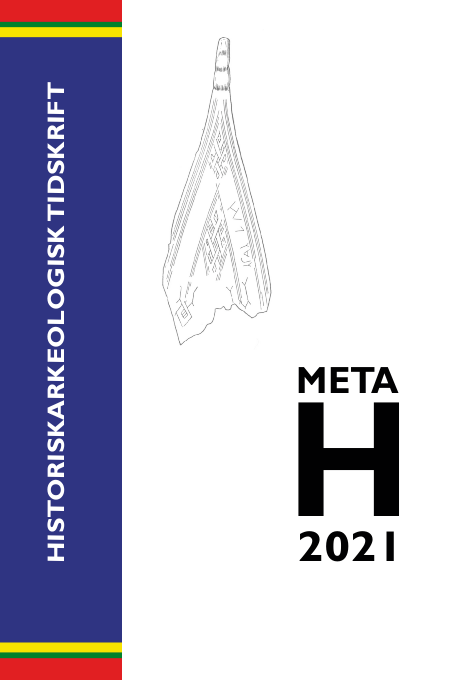Järnåldersskidor
– mönster, myter och verklighet
DOI:
https://doi.org/10.59008/meta.vi.10744Abstract
Iron Age skis - patterns, myths and reality. About 200 ancient skis have been found in bogs in Fennoscandia. Skis characterized the Sámi culture. Early West Scandinavian written sources relate how certain Finnar (Sámi), were exceptionally gifted skiers and bowmen, their bows being of an Eastern type. Some ten of the skis from around the Bothnian Bay in Northern Fennoscandia have a pattern of ribbon interlace. A new dating has been carried out on three of them, plus one from Central Sweden, all belonging to Manker’s type C, with a raised and inset footspace. They emanate from c. 700–850 C.E. Thus, they provide us with the oldest known examples (up to now) of such ornamentation in Sámi culture. One of them, the ski from Brännbacken, Arjeplog, Lapland, is mentioned in a certain context. Advanced ribbon interlace decorates two similar objects from two Sámi Viking Age– Early Middle Age dwelling sites in Saltdalen, Nordland, Norway. They are now identified as pointers/indicators for Sámi shaman drums. A bowman on skis depicted on a Runic Stone from Uppland, Sweden, dated from 1020–1040, may portray a Sámi. On the other hand, it is most unlikely that the bowman on a golden medal from Tunalund i Uppland, from c. 400 C.E, is standing on skis.







